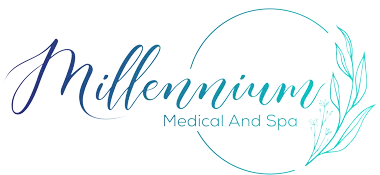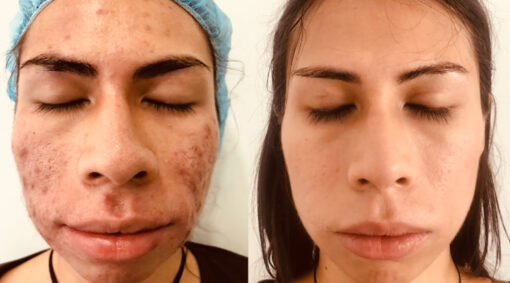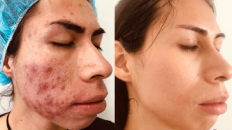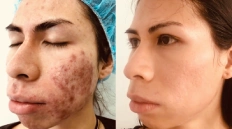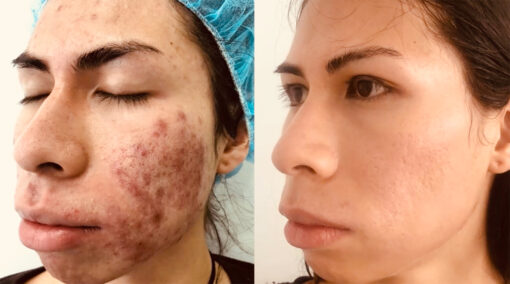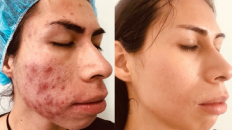What is Acne?
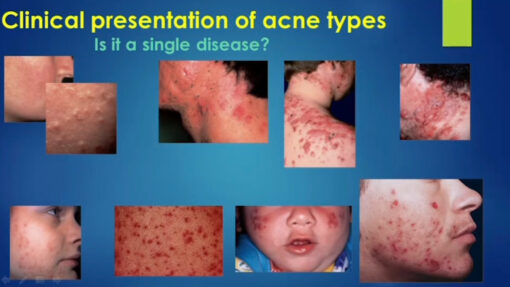 If you have acne, then you are not alone. Over 676 million people world wide suffer from or have some form of acne. Acne is a chronic medical condition. In America, over 50 million people have active acne and 85% of people between the ages of 12-24 years old has some form of acne. It affects the pilosebacious glands and may manifest as inflammatory or non inflammatory lesions. Acne may affect the face, the back or the chest.
If you have acne, then you are not alone. Over 676 million people world wide suffer from or have some form of acne. Acne is a chronic medical condition. In America, over 50 million people have active acne and 85% of people between the ages of 12-24 years old has some form of acne. It affects the pilosebacious glands and may manifest as inflammatory or non inflammatory lesions. Acne may affect the face, the back or the chest.
Acne has many causes and the various methods of treatments reflex the understanding of the pathophysiology of the process. Hormone imbalance seem to play a large roll in the manifestation of acne. It is believed that the surge in certain sex hormone cause sebaceous gland hyperactivity. In other cases, acne is believed to be caused from bacterial infection. Propionibacterium is commonly implicated. Sometimes acne may precede the onset of menarche by up to 1 year. The sebaceous gland is a small gland just adjacent to the shaft of the hair follicle that lubricates the hair as it grows out of the skin. It is the dis-regulation of that gland that contributes to acne.
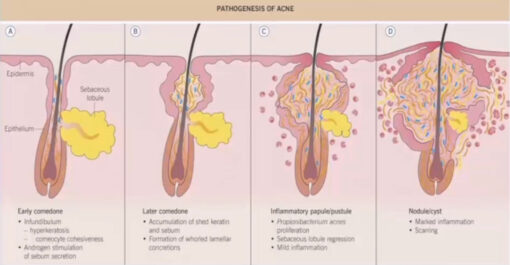 As far back in time as the record extends, acne has been a problem and there have been a constant quest as to find the best treatment for it. Over the years many treatments have evolved. These treatment have been based on what was assumed to be the cause. It is also well known that certain food and lifestyle may contribute to acne. Soda, rice, bread, cake and chocolate have been frequently implicated. In fact some patient will tell you that it occurred shortly after they eat chocolate etc.
As far back in time as the record extends, acne has been a problem and there have been a constant quest as to find the best treatment for it. Over the years many treatments have evolved. These treatment have been based on what was assumed to be the cause. It is also well known that certain food and lifestyle may contribute to acne. Soda, rice, bread, cake and chocolate have been frequently implicated. In fact some patient will tell you that it occurred shortly after they eat chocolate etc.
Some of the life style factors that contribute to acne are, smoking, alcohol consumption, irregular diet patterns, erratic sleep patterns, stress and last but not least cosmetic.
If you go to see a physician for acne treatment, chances are this is how you will be treated: First-line treatment for moderate acne vulgaris includes a combination of benzoyl peroxide and a topical antibiotic (erythromycin or clindamycin), topical retinoid, or both; benzoyl peroxide, an oral antibiotic, and topical retinoid; or benzoyl peroxide, oral and topical antibiotics, and a topical retinoid. Some physician may add tetracycline (minocycline, doxycycline) to the mix. In cases where the patient may be pregnant, the patient is still growing or the patients is otherwise unable to tolerate Tetracycline, a macrolide (erythromycin, azithromycin) may be used instead.
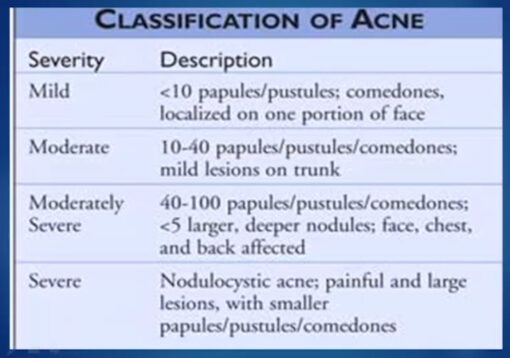 As you can see, acne is a complex condition and requires a comprehensive multifactorial approach. No one treatment is perfect for all patients and that is why clinicians have to tailor their approach based on the unique requirements of their particular patients. For some patients a singular modality is enough while others may require a more comprehensive and complex approach. When treating acne, it is always important to figure out the triggers and eliminate the underlining cause. In cases where it is clearly understood that certain foods, smoking, excessive alcohol consumption are the culprits, then we can work with the patient to eliminate those foods or habits from their daily routine. If stress or poor sleep habits are the underlining causes, it is important to treat those too.
As you can see, acne is a complex condition and requires a comprehensive multifactorial approach. No one treatment is perfect for all patients and that is why clinicians have to tailor their approach based on the unique requirements of their particular patients. For some patients a singular modality is enough while others may require a more comprehensive and complex approach. When treating acne, it is always important to figure out the triggers and eliminate the underlining cause. In cases where it is clearly understood that certain foods, smoking, excessive alcohol consumption are the culprits, then we can work with the patient to eliminate those foods or habits from their daily routine. If stress or poor sleep habits are the underlining causes, it is important to treat those too.
Sometimes, none of the modalities of treatment above work. This is where the laser stands head and shoulders above all other modalities of treatment. With the laser, we can lyse the pustules. We sterilize the area and kill all the microorganisms that is contributing to the irritation of the sebaceous gland. We shrink the pours and then we generate collagen to fill out those craters and finally a light peel to reveal the underlining new skin.
